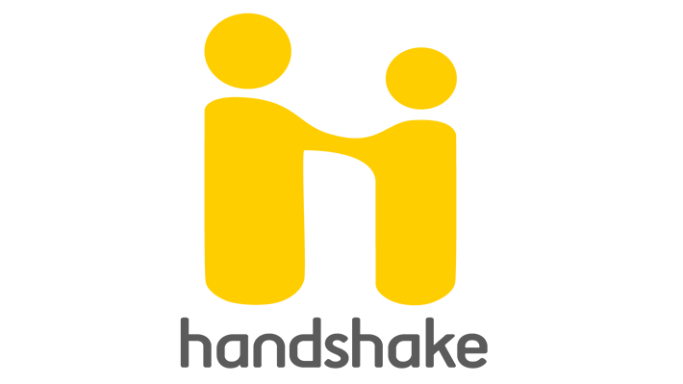Career management platform Handshake dapped up some investors this week (wow, that was bad).
My peers at Syracuse University (which are probably the only 3 people reading this) will be familiar with Handshake. For those of you that are not, Handshake is a platform that helps students find internships and jobs, and companies find qualified candidates.
Fortune reported The Chan Zuckerberg Initiative and several other investors injected $40 million (Series C) into the company earlier this week. According to Crunchbase, Handshake has raised a total of $74 million over four rounds from investors such as Kleiner Perkins, Spark Capital, EQT Ventures and Omidyar Network. Handshake is currently working with more than 700 universities and 300,000 employers, and has reached more than 14 million students and young alumni. According to TechCrunch, the company is worth $275 million post-money (a post-money valuation takes into account the most recent funding round).
The questions posed by Handshake’s growth is simple: should LinkedIn be concerned? After struggling to monetize its user base for many years, LinkedIn has established a profitable business in recruiting by allowing companies to post job opportunities on its platform. In 2015, 63 percent of LinkedIn’s almost $3 billion of revenue came from its Talent Solutions segment, per its annual report. The segment also saw year-over-year growth of 41 percent, more than any other product.
LinkedIn’s main enterprise solution — Recruiter — is targeted at traditional businesses. The platform also helps companies recruit candidates ranging from entry-level to upper management roles. Handshake specifically focuses on recruiting college students for internships and entry-level positions, which is a much smaller addressable market.
LinkedIn still has a huge advantage over Handshake thanks to the size of its network — which is now more than 562 million. Even if Handshake dominates the college market, LinkedIn still has a winning formula for helping professionals at every level find new professional opportunities. There’s evidence that suggests people are changing jobs more frequently, which is good news for LinkedIn because it can continue to service its users as they change jobs throughout their careers.
The most interesting part of this fundraising round is the involvement from The Chan Zuckerberg Initiative, Omidyar Network and Reach Capital (Omidyar is also an investor in Reach Capital). All three of these organizations follow some sort of philanthropic investment philosophy.
Reach Capital focuses on investing in innovative education products to help close the opportunity gap. The Chan Zuckerberg Initiative, a philanthropic organization funded by Mark Zuckerberg’s Facebook shares, invests in projects to “advance human potential and promote equal opportunity.” Omidyar Network is a “philanthropic investment firm” that invests in companies making a positive impact on society.
So, why are impact and philanthropic investors pouring money into a career management platform? According to Handshake’s website, its mission is to “Democratize Opportunity,” which seems to align nicely with do-good investors’ goals.
Here’s a quote from its Series C announcement that outlines the company’s mission:
“Five years ago, we started Handshake with the mission to help every student find a great job and build the foundations of a great career — regardless of where they go to school, who they know or what they major in.”
The social impact angle of Handshake’s business will likely help it compete with LinkedIn, but it’s unlikely the company can usurp the most dominant professional network that’s ever been created.




